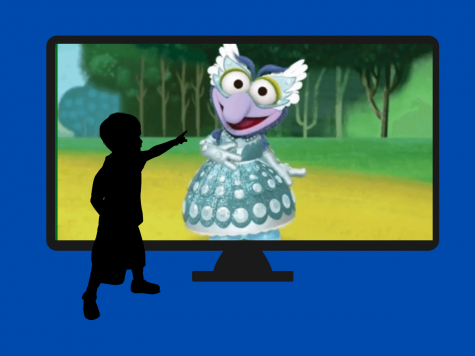Increased awareness to women’s sports requires sensible coverage
When former NBA commissioner David Stern died on New Year’s Day, most tributes to his legacy included a short mention of his work creating the WNBA. Stern had fought to expand the game to professional women’s athletes, and at the time of Stern’s death, the WNBA was the only financially stable professional women’s sports league in the United States.
Despite the fact that the WNBA is the most successful women’s sports league, it comes nowhere near its male counterpart, the NBA, in any reputable category. Across the country, millions of people watch basketball, baseball, and soccer without having any knowledge of a comparable women’s league.
The lack of success in women’s sports is baffling. Nearly 50 years after Title IX was passed, which required all public schools in the United States to provide an equal number of sports to male and female students, the intent behind it hasn’t trickled up into the professional category.
“When talking about sports, people still refer to men’s professional sports more than women’s professional sports, and I know that people pay more attention to the men’s teams and players,” junior Kelly Shin said. “If they’ve gained a larger audience over the past few years, I haven’t felt it.”
In high school, one could make the argument that sports from both genders earn roughly the same amount of attention. Past high school, more people will likely create a bracket for March Madness or watch the College World Series than they are to follow the women’s equivalent basketball tournament or spend time watching a softball championship. Men’s sports are dramatically more prevalent when money comes into play.
“Men’s games always takes precedence,” girls’ track coach Martha Kelly said. “At the same time, we need to be fans of women’s sports to help grow the game. I think better TV coverage would help.”
The free market largely shuts women’s sports leagues out of relevance. Leagues like the WNBA or NWSL come nowhere near to replicating the success of the NBA, MLB, or MLS in terms of television deals or merchandising. This phenomenon is based in part on a draconian belief that women aren’t as compelling as men in the entertainment industry. This belief has begun to fade.
“There is no question that women’s sports have gained notoriety on TV and in attendance over the past years,” girls’ golf coach Chris Van Grondelle said. “Women in every sport are training harder and have become such great players that they are extremely entertaining to watch even for the common couch potato.”
The US Women’s National Team showed a successful run in the 2019 World Cup and captivated the nation for far longer than the men’s team ever has. Yet, this success didn’t fully translate to the NWSL, the venue in which many of the players on the national team showcased their talents during the regular season.
“The WNBA just signed a new contract giving athletes a big raise, the Women’s World Cup gets a lot of attention, more women are getting noticed for running marathons,” Kelly said. “Social media helps get more women in the spotlight but I think we still can do more [especially with] better TV coverage.”
Partly due to television deals and a lack of funds, the league has lacked stability. A glimmer of hope came after the World Cup, when ESPN offered the NWSL airtime for notable games on secondary. However, it’s unclear if the support will continue for future generations of players.
“Personally, I don’t think there is a difference in entertainment from watching men’s or women’s sports, so I don’t think it explains why people pay less attention to women’s sports,” Shin said. “Women definitely shouldn’t receive less attention than men in most areas, and I don’t think sports is an exception.”
Companies like ESPN have attempted to foray into women’s sports, but ultimately their attempt only creates new problems. Endeavours like “ESPN W,” a platform created for reporting on women’s leagues, are fundamentally counterproductive. Rather than putting reporting and discourse regarding women’s leagues on a platform equivalent to men’s, they have segregated the two despite good intentions.
Equity in sports is not about forcing the option on viewers, but at least giving an equal chance for each choice to be discovered. Women’s sports can’t grow if buried in secondary channels and overlooked on an institutional level. That idea is what Title IX was built on, and yet private companies haven’t listened.
The business desperately needs more people like David Stern to back new endeavours that benefit people of both genders. Sports would become rudimentary if not expanded, and the promotion of new leagues focused on women would only grow the sports industry as a whole.
It’s a common trend to see women discriminated against when put against men in the same sphere. Nowhere is that unfortunate truth clearer than in sports.
“Women’s sports will continue to grow as a result of social media and because of the growth of ability, entertainment and coverage,” Van Grondelle said. “As long as the importance and commitment are kept in perspective, women’s sports will continue to grow. As the sport grows, the support and audience for the sports will also continue to grow.”




